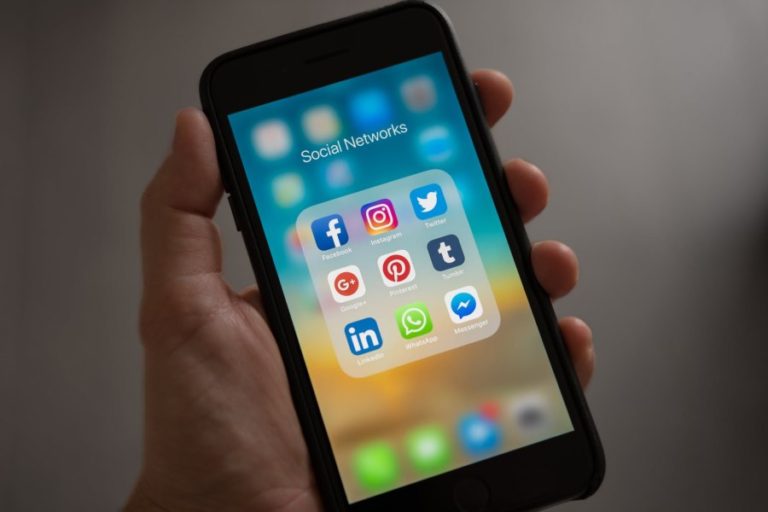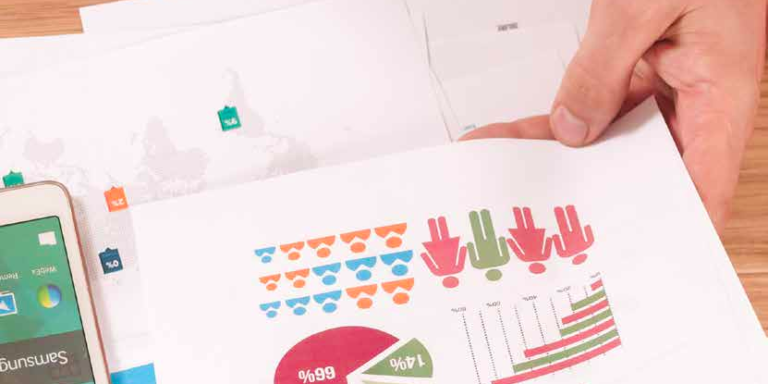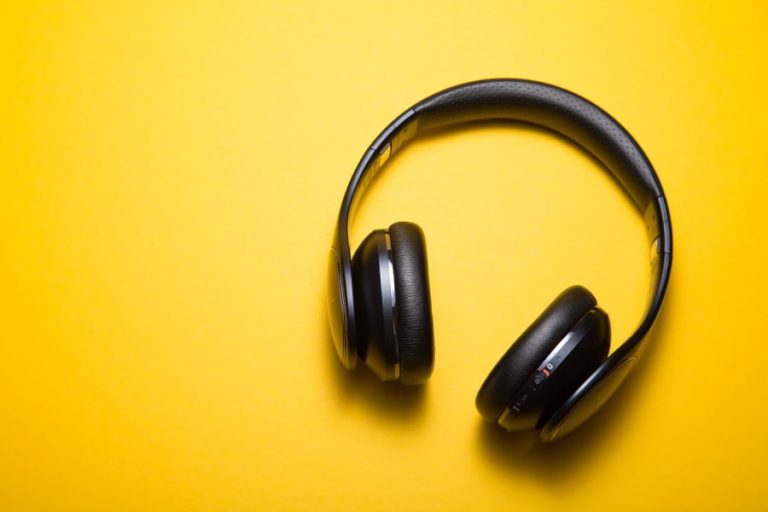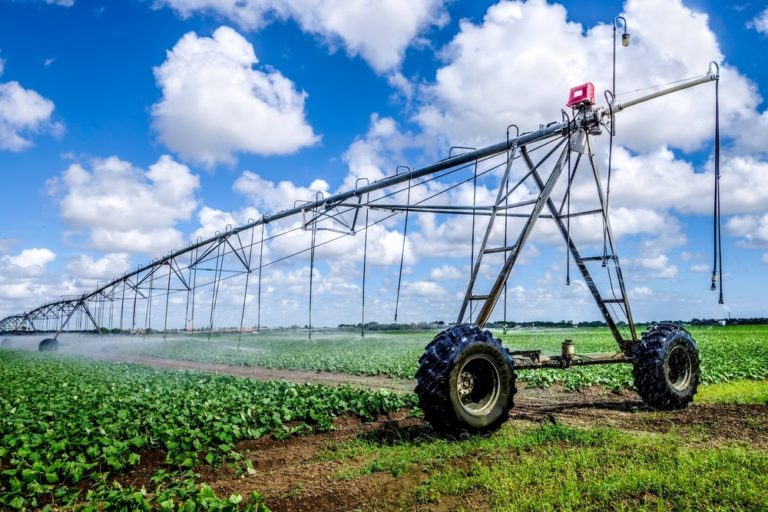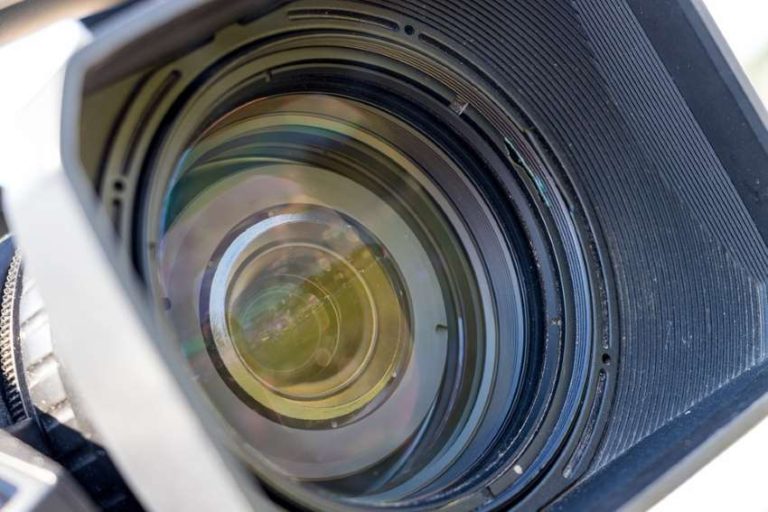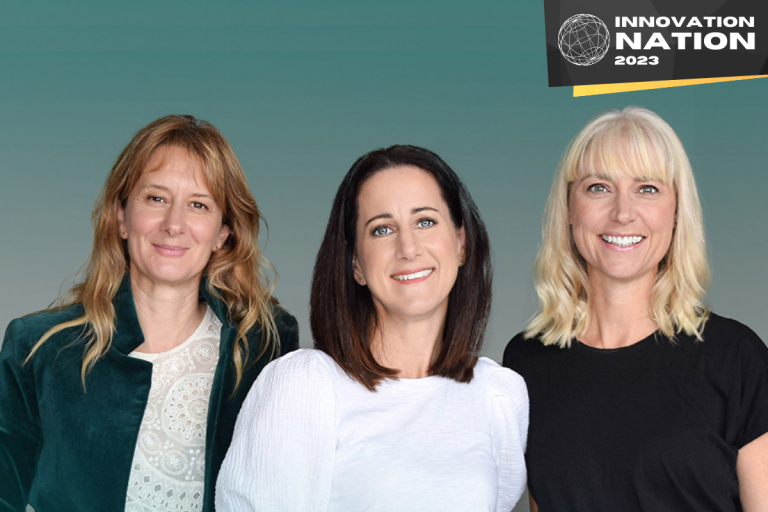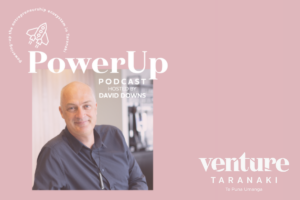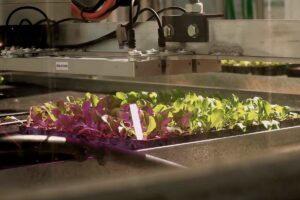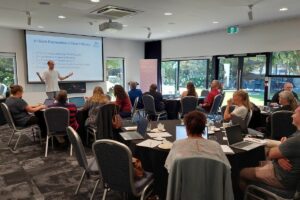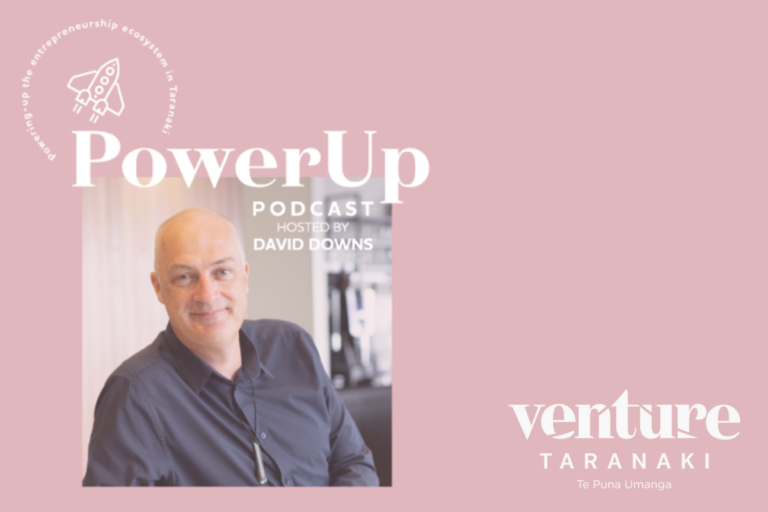How the Internet of Things is impacting New Zealand businesses

Most forward-thinking organisations will understand the importance of big data, and perhaps on a lesser scale – artificial intelligence. But there’s no doubt that the next greatest technological impact is the ability to link these two components through the Internet of Things.
By further exploring the fundamental element of ‘what happens next’, it is only then that we are able to grasp what it could truly be capable of achieving for businesses and organisations who integrate this technology into their operational structure.
What is IoT?
“The Internet of Things is about taking ordinary objects/machinery or things that we interact with on a day-to-day basis, and then connecting them to the internet,” explains Jourdan Templeton, a Chief Technology Officer from Aware Group.
“We do this for two reasons. Firstly, it is so we can understand more about how something works, by collecting data from it. And secondly, so that we can then control an object or piece of machinery through the internet, relating back to the information/data that has been collected.”
And while it may seem like a relatively new technological advancement, IoT has in fact been in use for many years in its simplest form – however more recently there have been advances in how effectively it can be used. Jourdan notes that connectivity is available in more remote areas, which is significant for organisations like regional councils, and other rural industries.
“It means they can collect data from places like rivers and streams out in the middle of nowhere, and due to developments in power sources – batteries can last for multiple years on units where required.”
“There have also been improvements based around the processing powers of these devices, in that they don’t just send information anymore, they can actually make decisions based on historically recorded data.”
Current IoT market trends
With further progresses continually being made in the field of IoT, there of course has been an influx of new trends in the technology marketplace.
One of the main ones as we head into 2019 would be the advent of the ‘smart home’, of which Jourdan is seeing plenty of activity. Devices like Alexa and Google Home enable house dwellers to interact with a multitude of homeware items like smart plugs, lights, fridges, air conditioning – it’s an ever-growing list. But where the advancement exists is that there is now one accessible platform, converging all of their operations together, which creates greater convenience of use.
“I think in 2019 we will see a lot more appliances be attached to those smart home devices,” says Jourdan.
“The most recent developments in this field include things like doorbells and smart locks that don’t require a key to get into a house, you just link your smartphone to it. So for example, if you have booked in a tradesperson to come into your home while you are at work, you don’t have to leave a key out for them. You can just programme the door to be open for an hour, and potentially have smart cameras to see when they arrive, and when they leave so you can lock it again.”
Ways IoT has made a big impact in NZ
But aside from those smaller, more consumer-based outcomes of IoT technology, there have been some very real problems (or perhaps larger scale developments) in which IoT has been able to impact significantly.
Power generation in New Zealand is a major industry that is certainly seeing the benefits of implementing IoT systems, starting from the basics of machinery being able to monitor itself for issues to enable proactive maintenance, to more complex capabilities – such as being able to make its own decisions.
“If it detects there is a major load on the grid, it could go and automatically open up the dam for more power. Instead of that being a manual task that an employee has to decide to go and do,” explains Jourdan.
“But further to that, if it has learned behaviour from data collected, it may know that it is Boxing Day and because of previous years’ demands – where everyone is charging up their new technology – it can actually produce the power before this occurrence happens.”
In agriculture, perhaps New Zealand’s most important industry, there have also been compelling gains when it comes to monitoring water usage and quality. This could be along the lines of a device knowing how much rain is forecast, and by using sensors in the ground to understand how much moisture is already in there, effectively it could tell a farmer the optimum time to put out fertiliser – ensuring there isn’t then large amounts of run-off due to too much water.
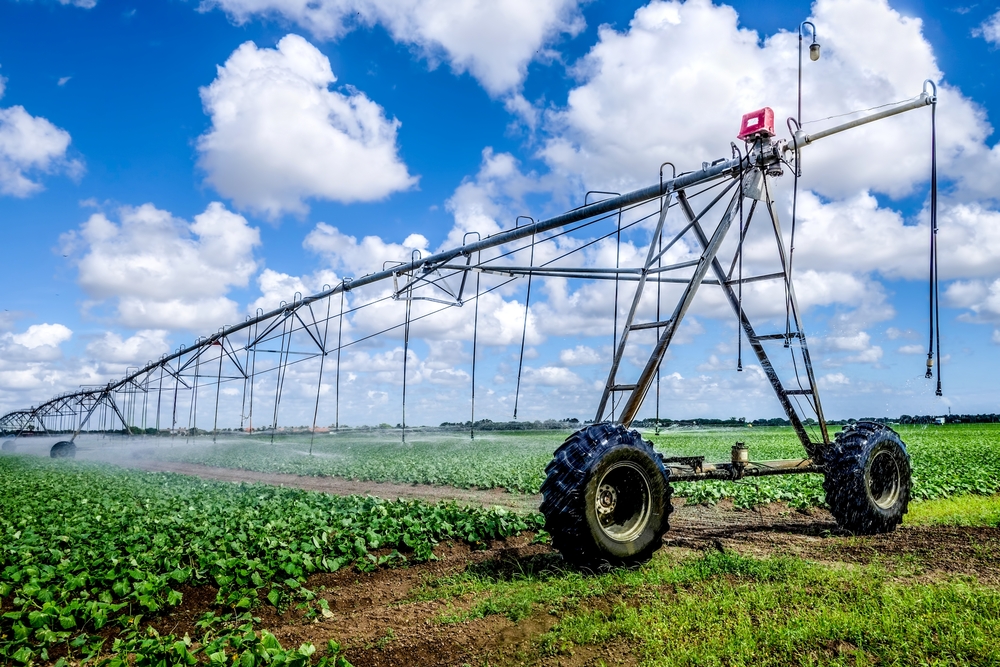
Jourdan mentions that there is also the possibility of using sensors of where water enters a farm, and then leaves it, in order to test whether there are any water quality issues.
“This project was originally designed to assist with agriculture in India, but has also been used to monitor the Whitehouse lawn, and pea fields in Africa.”
The opportunity for IoT to take industry and business further
There have already been compelling gains for many large businesses and industries in the area of IoT, and there is no doubt that this will only continue to filter down to more organisations throughout New Zealand.
There are any number of opportunities for businesses to take it further, it is just about getting on board with what is happening with IoT. For those interested in increasing their knowledge of IoT, Microsoft has a multitude of training opportunities available in order to upskill IT personnel on how to incorporate it into their own business, and that of their clients.
And once these capabilities are learned, Jourdan says it is a matter of being prepared to think outside of the box for how it could be applied to different operational systems.
“What comes to mind is the advent of the smart city space.”
“We have had things like smart meters on houses for a long time, for power companies to check the real time power consumption of a household, but a lot more of these devices are turning up in cities now – where senses are in sewers to check flow and blockages, on motorways to monitor driving time and traffic flow, car park senses register the capacity of a car park to tell us how many more spaces are left. And all of this is IoT. In Hamilton, if there is too much rain, the park can effectively ‘close itself’ because the sensors will know it is too muddy, and will be a safety risk.
“It is about being able to understand the behaviour of people, and a lot more cities and businesses are using these things, because these are efficiencies that help save us time, and in turn money, and in some cases can create a new resource that companies can sell as well.”
His final note touches on the fact that people are almost coming to anticipate the personalised experiences they are having. For example if you go to a mall looking for a park, but it doesn’t have parking sensors so you have to drive around and around to find one, and it is full, but you didn’t know – you probably won’t go back there, because it wasn’t convenient. And he says these are the kind of expectations people are having.
“They are looking for an experience that delights them, and if they don’t get them, a business may fall behind, particularly if its competitor has a far more individualised offering. It is also worth noting that IoT is very much connected with the AI story, and primarily that is about making experiences good for people.”

